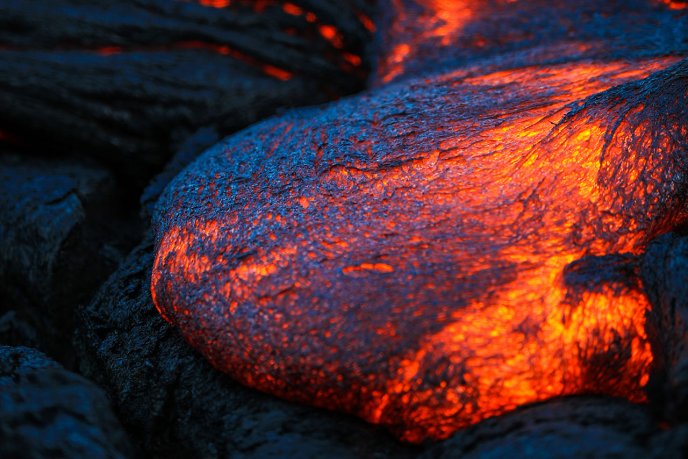
- Learning
- Nuclear Fusion Courses
- How Does Thermonuclear Fusion Work?
- Construction and Working Principle of Tokamaks
- Construction and Working Principle of Stellarator
- Inertial Confinement Fusion
- ITER — a Major Step Towards Thermonuclear Fusion
- Fusion Power Plant as a Clean Energy Source
- Basic principles
- Magnetic confinement
- Inertial and electrostatic confinement
- Summative, cross-sectional test — Light version
- Nuclear Energy Courses
- Radioisotopes as Sources of Ionizing Radiation
- Interaction of Atomic Nuclei with Particles
- Nuclear Fuel and the Nuclear Fuel Cycle
- The Principles of Operating a Nuclear Power Plant
- The First Reactor and the First Nuclear Power Plant
- The Most Used Nuclear Reactors: PWR and BWR
- Sources, Processing, and Storage of Radioactive Waste
- Nuclear Power Plant Safety
- Nuclear fuel
- Nuclear fuel and nuclear reactors
- Nuclear power industry
- Nuclear reactors
- Radioactive waste
- Radioactive waste and safety of nuclear power plants
- Nuclear power
- Summative, cross-sectional test — Light version
- Summative, cross-sectional test — PRO version
- Renewable Energy Courses
- Nuclear Fusion Courses
- NUCLEAR fusion
- Energy Space Quest
- NUCLEAR energy
- Nuclear Power Plant Interactive 3D Model
- Nuclear Power
- The Nuclear Power Industry
- Nuclear Fuel
- The Nuclear Reactors
- Reactor Using Fast Neutrons (FR)
- The Future of Fission Reactors
- The Nuclear Power Plant — How it Works
- The First Reactor
- Pressurized Water Reactor (PWR)
- Boiling Water Reactor (BWR)
- Heavy Water Reactor (PHWR)
- Gas-cooled Reactor (GCR) and Advanced Gas-cooled Reactor (AGR)
- RBMK Type Reactor
- High Temperature Reactor (HTGR)
- NPP PWR Interactive 3D Model
- NPP BWR Interactive 3D Model
- NPP Small Modular Reactors Interactive 3D Model
- AGR Reactor Interactive 3D Model
- CANDU Reactor Interactive 3D Model
- HTGR Reactor Interactive 3D Model
- Superphénix Interactive 3D Model
- Radioactive Waste
- The Safety of Nuclear Power Plants
- Renewable Energy
- WATER energy
- Hydroelectric Power Plant Interactive 3D Model
- Hydroelectric Power Plant Operating Principles
- The Physical Properties of Water
- The Origin of the Water Energy
- History of Water Energy Utilization
- Water Energy and Its Uses
- The Segner Wheel
- Dams and Reservoirs
- Types of Hydroelectric Power Plants
- Kaplan Turbine
- Francis Turbine
- Pelton Turbine
- Choosing a turbine (Turbine selection graph)
- The Highest Dams, the Highest Largest Reservoirs
- The Largest Hydroelectric Power Plants in the World
- Tidal Energy and Sea Wave Power
- Marine Current Power and Ocean Thermal Energy
- HPP Impact on the Environment
- WIND energy
- SOLAR energy
- Solar Power Plant Interactive 3D Model
- Solar Rays Energy
- Ways to Use Solar Heat
- Solar Collectors
- Solar Concentrators
- Central Tower Solar Power Plants
- Solar Farms
- The Largest Solar Power Plants
- The Energy Use of the Photovoltaic Effect
- Photovoltaic Farms
- Solar Energy and the Environment
- Solar Energy and Solar Power Systems Summary
- GEOTHERMAL energy
- BIOMASS energy
- The FUTURE of Renewable Energy Sources
- WATER energy
- 3D models
- Free Downloads
- Physics mysteries
- Magma
- Magnetic coil
- Magnetic confinement
- Magnetic field
- Magnetic induction
- Magnetic mirror
- Magnetic surface
- Magneto-inertial fusion
- Manure
- Mass number
- Microwave
- Mirror
- Mixed oxide fuel (MOX fuel)
- Moderator
- Modular coils
- Modular stellarator
- Molten fluoride salts
- Molten salt thermal energy storage technology, MSES
- Monocrystal
- Muon fusion
Magma
A mixture of molten rocks and gases found under the surface of the Earth or other planets. Magma is heated by heat from within the Earth and is found at varying depths below the surface. In places where the Earth’s crust is thinner, magma may rise closer to the surface. Its proximity can then manifest itself in a variety of geothermal phenomena such as hot springs, geysers, or fumaroles. Magma can have a variety of compositions. Depending on the silica content, magma is divided into felsic (higher silica content, e.g., granite) and mafic (lower silica content, e.g., basalt). When a volcano erupts, magma can be poured out onto the Earth’s surface, and is then called lava.
ABOUT US
Energy Encyclopedia (EE) is the project of Simopt. We have devoted ourselves to popularizing energetics in an educational and entertaining way since 1991. In the following years, we plan to continue the development of EE.
If you have a serious interest in creating a localized version, please contact us.




